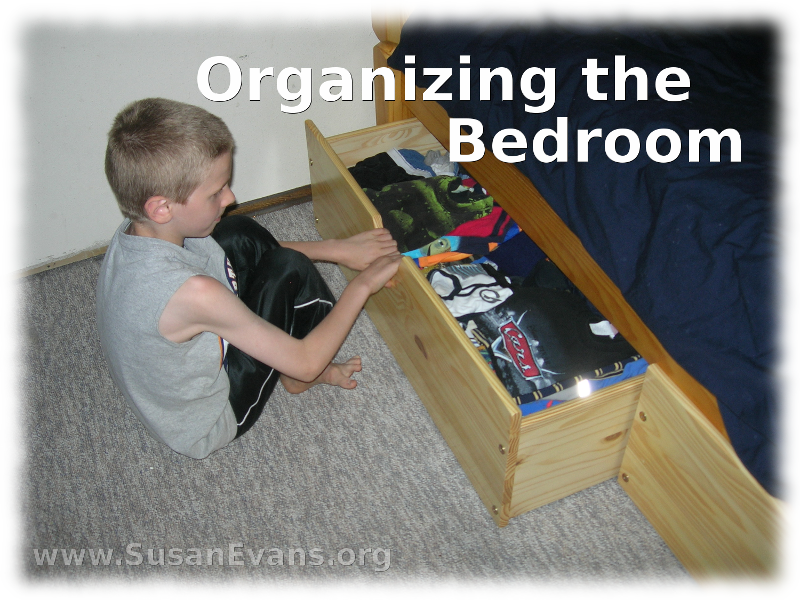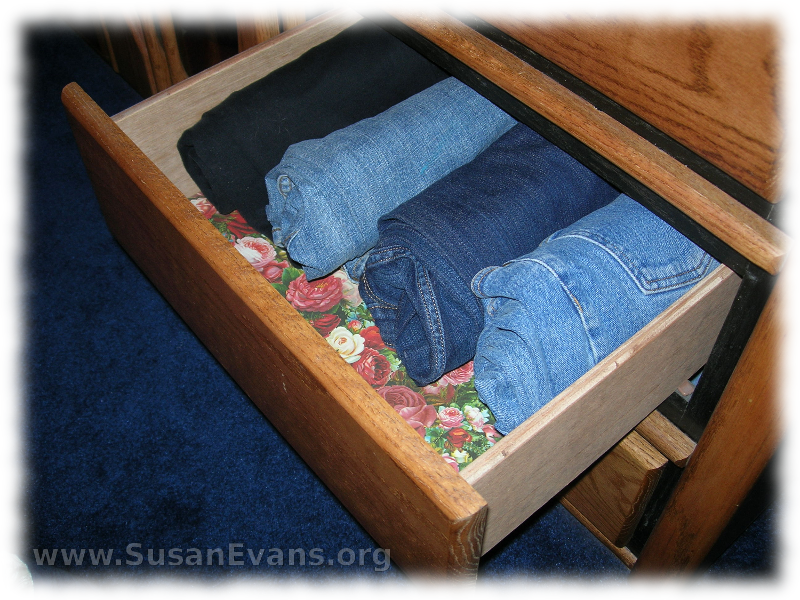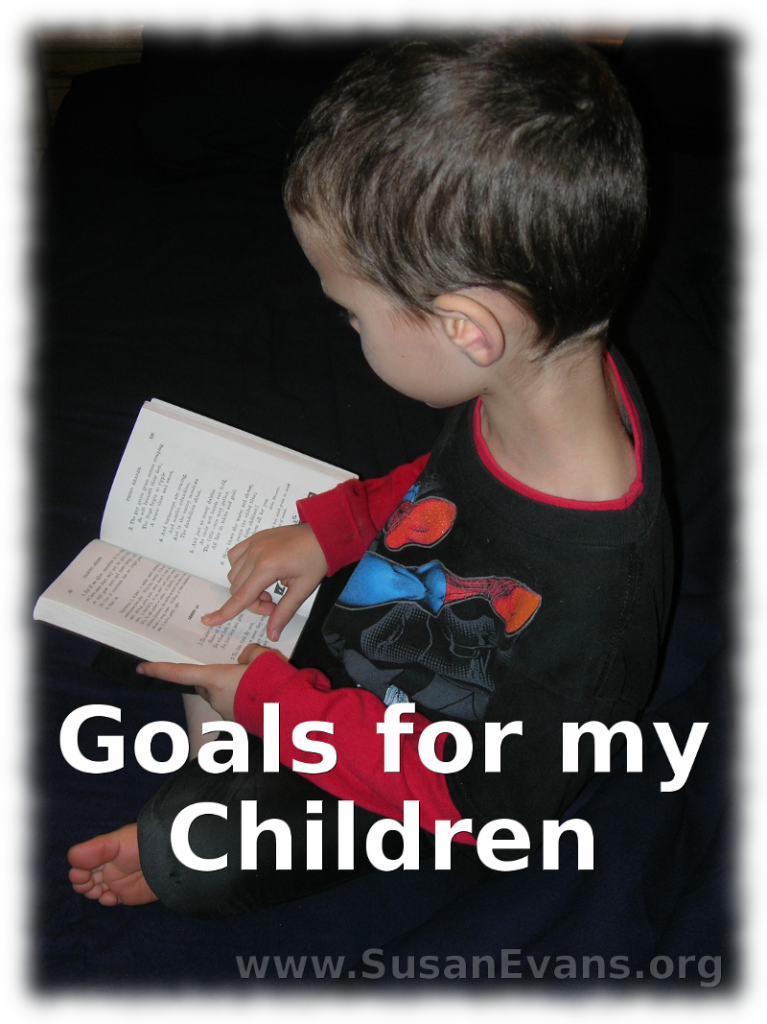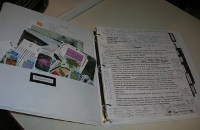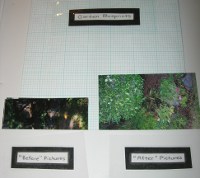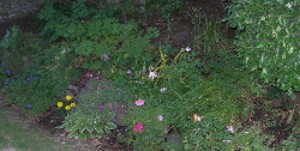The key to keeping your house organized is to get rid of everything except what you use all the time and what you love. If you can do this one thing, your house will be simpler to organize. When you have fewer things, your cupboards aren’t crowded, and you don’t have to crush your clothes and wrinkle them by pushing them down to close the drawer. You can’t even see what’s in your closet if the clothes are smashed against each other. Get rid of everything you can, and the extra space will bring you tranquility of mind.
Since I mentioned the bedroom, let’s start there. Open your closet and dump all of your hanging clothes onto your bed. Now grab the items that you use all the time and that you love. Get rid of all the rest. Do the same with your drawers. Dump them out, and put back only what you love and use all the time. Put the rest in a bag for Goodwill. Do the same for shoes, scarves, and anything else in your bedroom. Clear bins are good for storing scarves, snow boots, or other things that aren’t used every day, but that you want to keep. Stack the bins on shelves, or get flat containers to be stored under the bed.
Necklaces can be hung on a wooden rack, with short pegs coming out of a decorated slab of wood. This way your necklaces will not be tangled when you want them, and they are all visible to see what matches your outfit.
The closets in the children’s bedrooms should be rearranged depending on what you have to store. You can lower the bar and add more shelves if your child is small. The shelves can hold bins that are labeled with toys that are similar, like cars and trucks in one bin, and legos in another bin. You might even want to cut out a picture from the original packaging of a toy, and stick it with packing tape onto the bin so a child knows what is in each bin, and how to clean up after playing.
You should regularly go through your children’s clothing to see if they have outgrown some of their clothes, especially if they’ve just had a birthday. Also, get rid of toys that only keep the attention of your child for five minutes. Open-ended toys are better, and they can even be stored in a pantry, laundry room, or a garage, as long as they are in bins. They can be rotated so that toys are always interesting.
If you would like a virtual tour of my home and how I organize it, check out my workshop Organizing for a Fun Homeschool.
We were named a top organizing and decluttering expert by Redfin. Check out the article we were featured in: 30 Organizing Tips to Maintain a Tidy Home
